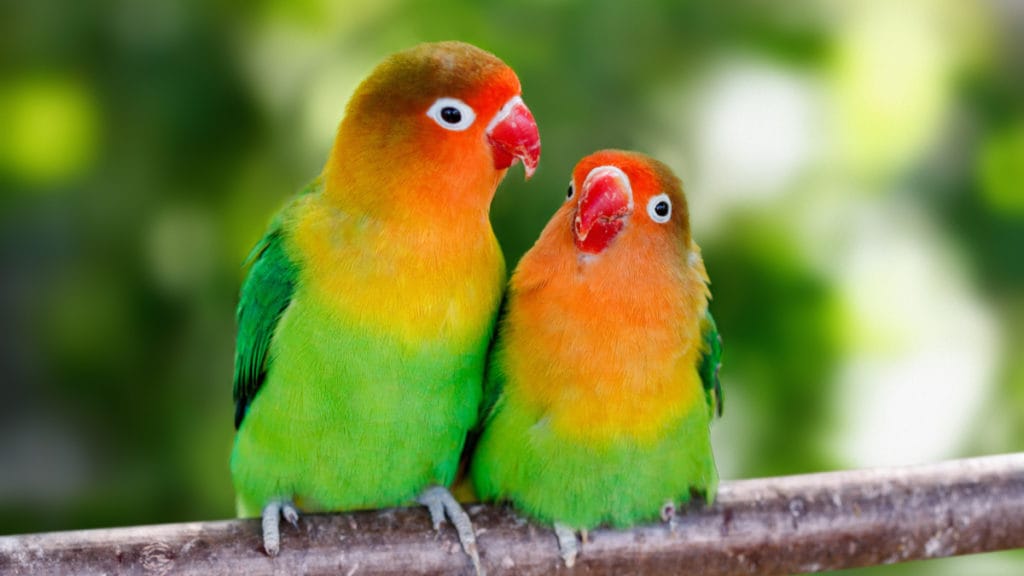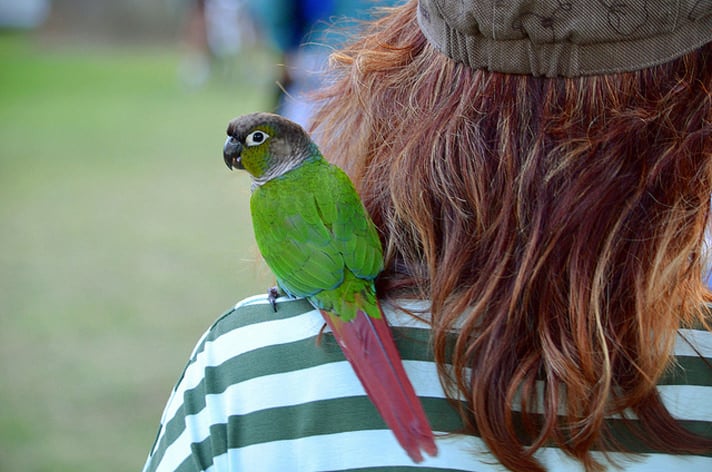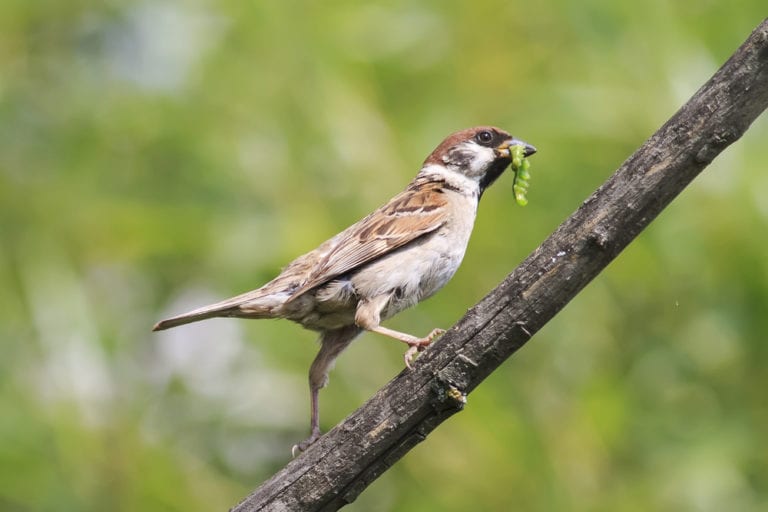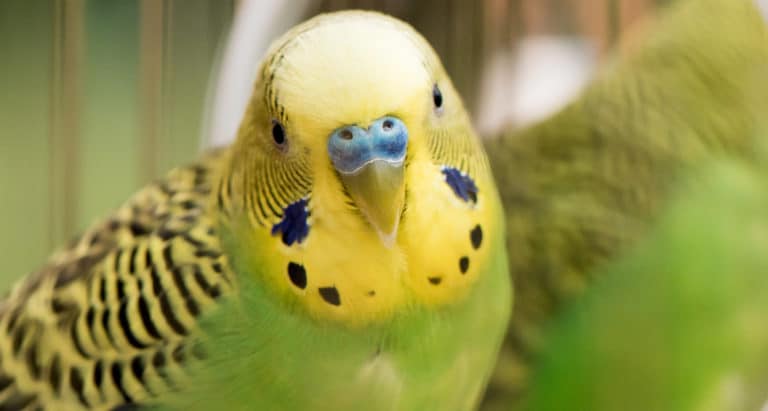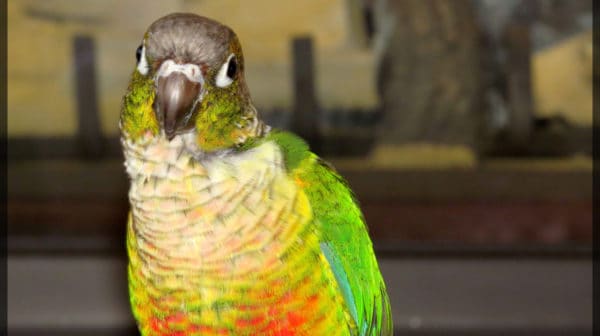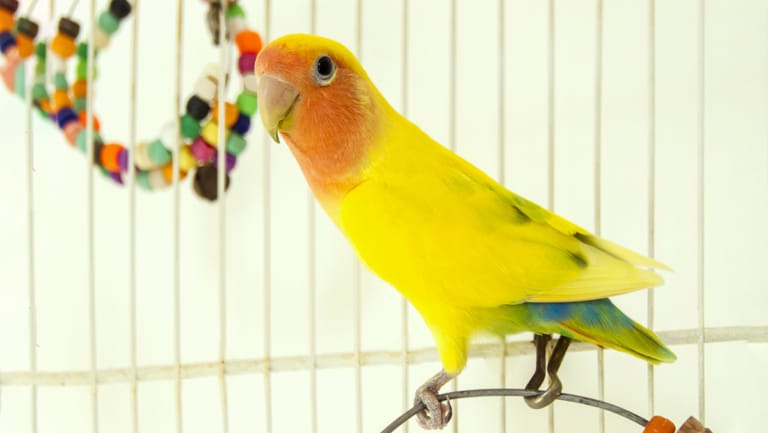Got an interest in the apapornis? These African beauties come in some stunning colors, are highly social and are packed with personality. But before you go looking for a lovebird of your own, there are a few things you should know.
Check Out These Five Facts:
1. There are a few misconceptions about lovebirds because of their name.
Lawrence Oei, a lovebird enthusiast who owns 70 lovebirds, is a member of the Belgian Lovebird Association, and runs a Facebook page for all of his birds, says, “The single biggest misconception is that you need two of them to make them happy, and the next biggest one is that they mate for life. It is actually quite easy to pair them up with other lovebirds, the key being you introduce a female to a male in an established cage.”
While lovebirds do form strong pair bonds, if you’re looking for a pet that wants to interact with you, it would be best to keep a single bird. This way, the bird will bond with you.
2. Don’t let their size fool you: lovebirds are not always the easiest birds to keep.
“They are a step up from cockatiels and budgies, but easier to handle than the bigger parrots. Weaned hand-fed babies to start with are best if you want them as pets,” Oei says.
Lovebirds have a tendency to test boundaries with their dominant, and even at times, aggressive behavior. They can be nippy and territorial as well. Oei recommends not providing the birds with a nest box if you are not breeding them and want to discourage this behavior.
3. Lovebirds are very social.
While they do not need to be kept in pairs, a single bird will need to spend plenty of time with her human flock. A bird bonded to you can be an exceptionally good companion. With this need for social interaction, comes a good deal of vocalization. Lovebirds may not be as loud as big parrots, but they do vocalize often to keep in contact with their flock, human or feathered.
4. “Lovebirds are quite hardy birds, as long as you take care of them they will be doing well,” Oei said.
He feeds his lovebirds fresh, grated bird-safe vegetables every morning as well as giving the birds access to seed. As for their water, Oei says, “One important thing to note is to change the water at least once a day or once it becomes muddy. Lovebirds love to make soup out of their water bowl by putting seeds inside.”
5. Some species have quirky, but cute methods for gathering nesting materials.
The most well known of which is the peach-faced lovebird. Females will tear nesting materials, like paper, into strips and then stuff it into the feathers near her tail.The result is comical, but is also a good way to tell the gender of your bird, as this is a female specific behavior.
By: Amanda Lafond
Featured Image: via BravissimoS
Share:
